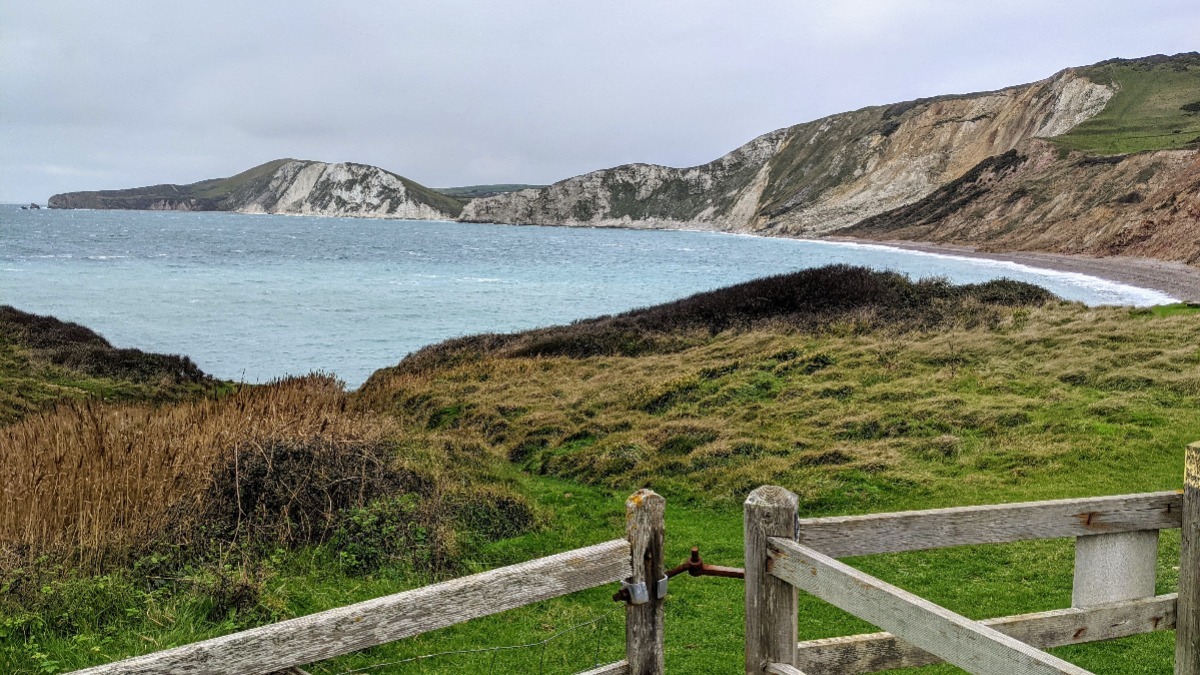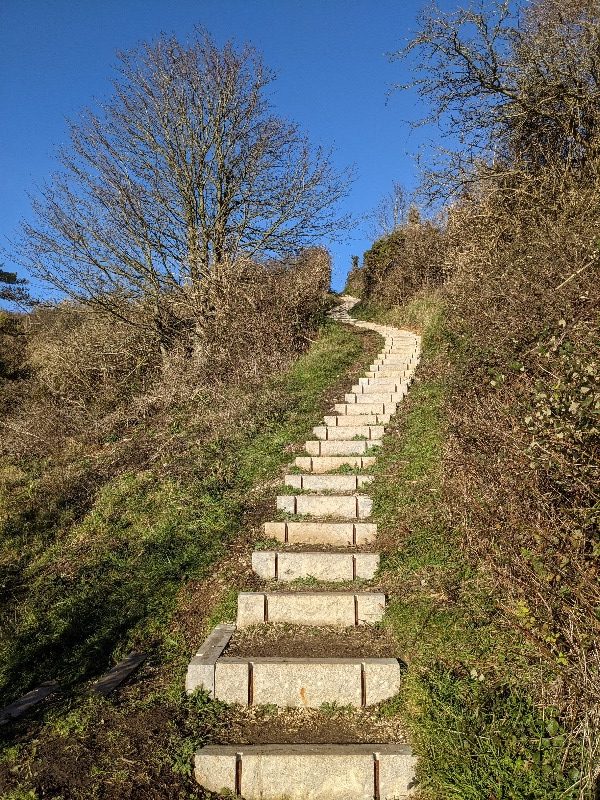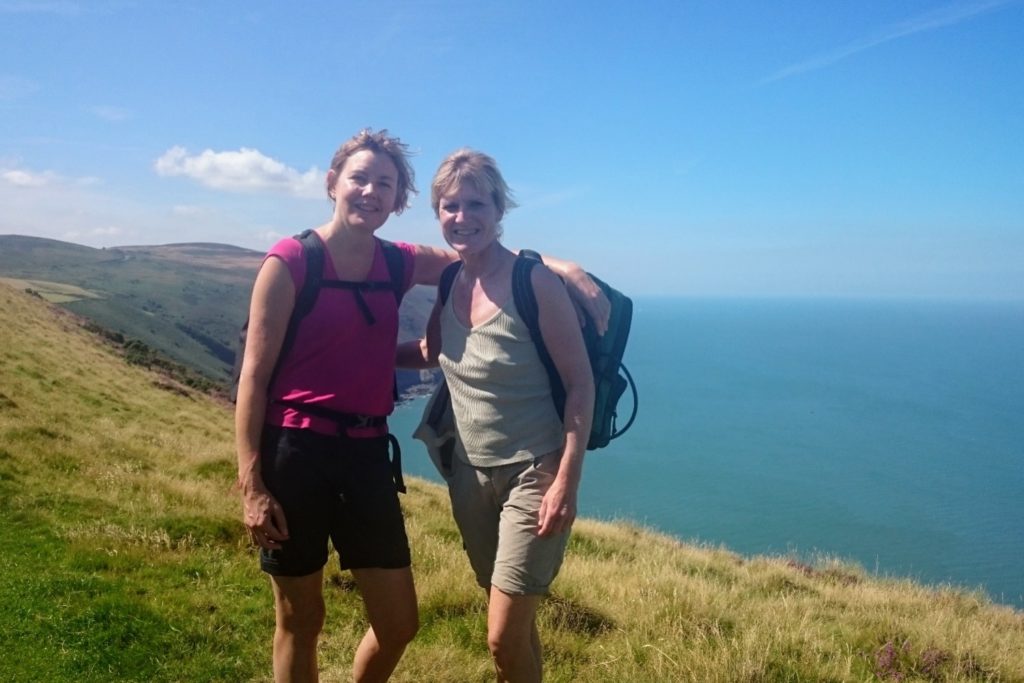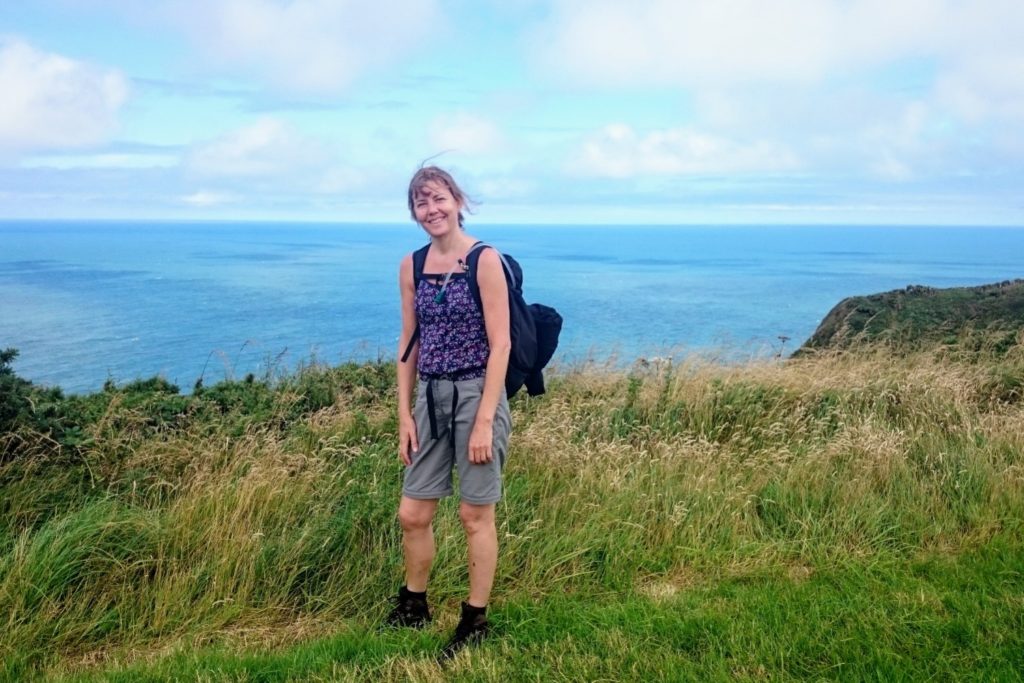
I had seen the film ‘Wild’, where Cheryl Strayed had walked the Pacific Crest Trail in America. I had also been fascinated throughout my life by people who pushed themselves to the extreme – the incredible survival of Joe Simpson after he fell into a crevasse in the Peruvian Andes, the amazing courage, resilience, confidence and self-belief of Ellen McArthur to circumnavigate the world alone on a yacht. I was inspired by reading the works of Freya Stark who travelled alone when so few were doing it and confronted danger as a way of ‘passing through fear, to the absence of fear’. Although these are extreme examples and I never imagined I would do anything so daring, I thought maybe sometime I could do something big and life-changing for me.

My challenge was nowhere near on the same scale, but it was a challenge for me, nonetheless. I had to start somewhere, so I chose the closest long distance path to my home town of Bournemouth. I needed to be able to get to it in stages over a period of a few years. When I researched the South West Coast Path, I realised that it is actually a challenge – a distance of 630 miles, with ascents equivalent to climbing Mount Everest four times.
This was a long term challenge, which would take place over several years, and it was a great place to start my exploration of long distance trails.
In many ways I wanted to do the walk alone, as it would challenge me in a way I hadn’t been challenged before. Being an introvert I do enjoy time on my own. I had never achieved a solo challenge such as this. Doing things alone sometimes opens up opportunities that are missed in a pair or group. Walking alone is a meditative experience and allows you to notice and become part of your surroundings. In company, you feel the need to talk and in so doing may miss aspects of the walk that you would otherwise notice. I was interested in discovering whether this solitary experience would open up my awareness of my surroundings, sharpen my senses.
On the other hand, I had a collection of fears about certain aspects of the journey: narrow paths, heights, big drops into the sea, getting cold and wet, carrying a big pack all that way. I thought these may be overcome more easily with a companion. We could support each other and spur each other on through the difficult times. A journey of this type would be good to share, to create memories we could discuss into our old age. It was a dilemma, but I decided that for a first long distance path I would see if any friends were interested and if not go it alone.
I suggested it to my friend, Nicky. She is the opposite to me in many ways. She is an extrovert, who likes to talk to everyone (and does), whereas I shy away from small talk. She needs people around her, enjoys life and is bubbly and fun. I love people but only in small numbers. A one-to-one conversation is far more preferable to me than the inevitable banter that arises in larger groups. I also quite like being silent for periods of time that others may find uncomfortable.
In spite of our differences, Nicky and I shared the same interest in sport, fitness and the outdoors. She is also the most positive person I know, who sees the best in everything, and everyone. She will help anyone at any time, has a big heart, a giver. We knew each other well enough to be sensitive to each other’s needs in terms of space. We were also able to discuss these matters openly. I wasn’t sure how our differences would play out over 630 miles, but was willing to give it a go if she agreed. She was pleased to be asked, agreed immediately and we began to plan our adventure.

Our family and work commitments meant that we didn’t have the luxury of doing the whole path in one go. We decided to walk the path in sections anti-clockwise, starting in Minehead. Our initial aim was to do between 5-7 days each year in the school summer holidays and estimated that we would walk around 60-80 miles each visit. After a couple of years of this, we realised that, to finish it before we were too ancient, we needed to visit the path a bit more often. We therefore added a long weekend each year in spring. We started in August 2015 and aimed to complete it in 2020.
We wanted it to feel like an adventure so we carried all our possessions on our backs. Neither of us had any experience of wild camping, nor did we own any gear, so we stayed in B&Bs or hotels. We were then able to indulge in a full English every morning and a wholesome pub meal in the evening. I do get the romance and thrill of camping each night close to the sea, watching the sunset and waking up to a magnificent view. It is something I want to experience, but it wasn’t for this trip.

Logistically, each section of the journey took a considerable amount of planning. We had to look ahead, work out the mileage, plan each day’s walk and where we would stay each night. We found the official South West Coast Path website, https://www.southwestcoastpath.org.uk/, extremely useful for this and we followed their 52 day itinerary most of the time. Our only deviation from this was when we couldn’t find suitable accommodation or we occasionally did a half day’s walk. Once the accommodation was booked, we had to set off, whatever the weather.
Transport was the other factor and we normally drove to a location either in the middle or at the end of the stretch of path we were walking. After leaving the car, we used public transport to get to the beginning of the path and back to the car at the end. Each visit worked out well and we used a mixture of buses, trains and ferries. There was one estuary without a ferry, only passable at low tide, but as we arrived there at high tide a taxi was our only option.
Each time we arrived to begin a new stretch, without fail, there was a moment as we left the car, when I felt the sense of freedom, the lightness, the excitement of the days to come. The simplicity of walking, carrying my few possessions on my back, created a sense of well-being unrivalled by many other experiences. My life was now pared back to the essentials and I was about to discover new places, people, wildlife, and above all the overwhelming magnificence of the South West’s coast line.